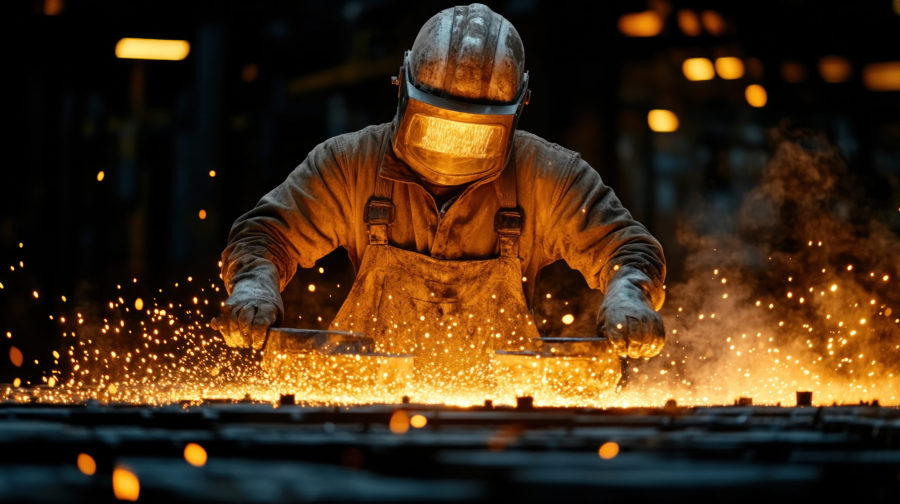Mining mergers in 2012 hit lowest in seven years: PwC

After a slow and cautious 2012, where mergers and acquisitions (M&A) in the mining sector fell 30% — the lowest since 2005 — transactions are expected to continue at a modest pace this year, says the latest Mining Deals report by PwC to be released this week.
According to the firm’s report, miners will mostly “sit and wait” until metal prices stabilize more and companies bet on a continued rise in commodity demand from countries such as China.
Deal volume in 2012 decreased more than 30% as compared to 2,605 transactions in 2011, says the company.
The value of mining deals also slipped last year, as compared to 2011, with the total of M&As amounting to $110 billion in 2012 (including the $54 billion value of the Glencore/Xstrata merger announced last February that has now nearly cleared all regulatory approvals).
Without the Glencore/Xstrata merger, deal value falls to $56 billion — compared to a total deal value of $149 billion in 2011.
“[In 2013] miners will have their eyes on opportunities, but will consider risk factors such as rising costs, resource nationalism and potential political ramifications of buying and selling assets,” says John Nyholt, leader for Canadian mining deals at PwC.
He adds the appetite for controversy is decreasing, as miners are wary of joining the list of highly publicized write-offs from past deals, both friendly and hostile.
According to Nyholt, companies want to prove more than ever that they’re being prudent with their shareholders dollars.
“There’s an expectation that most deals will be smaller and more digestible, triggered by companies with successful track records from both deal and project development,” Nyholt says.
Gold and copper the favourites
According to the PwC’s report, gold and copper dominated M&A activity in 2012 as miners with cash took advantage of lower valuations to fund future growth.
Together, the two metals accounted for half of the top 20 deals last year, even before considering their mix in the diversified metal mergers.
The researches say the two metals are popular for different, but equally powerful reasons.
“Investors are turning to gold as a hedge against inflation and general economic uncertainty. While copper is considered a bet on the future health of the global economy as the metal is used in everything from plumbing and power to automobiles,” PwC says.
Other commodities to watch this year, says the firm, are uranium and iron ore, which also appeared a few times among the top 20 deals of 2012, particularly among steelmakers looking to boost access to the latter.
More News
{{ commodity.name }}
{{ post.title }}
{{ post.date }}



Comments